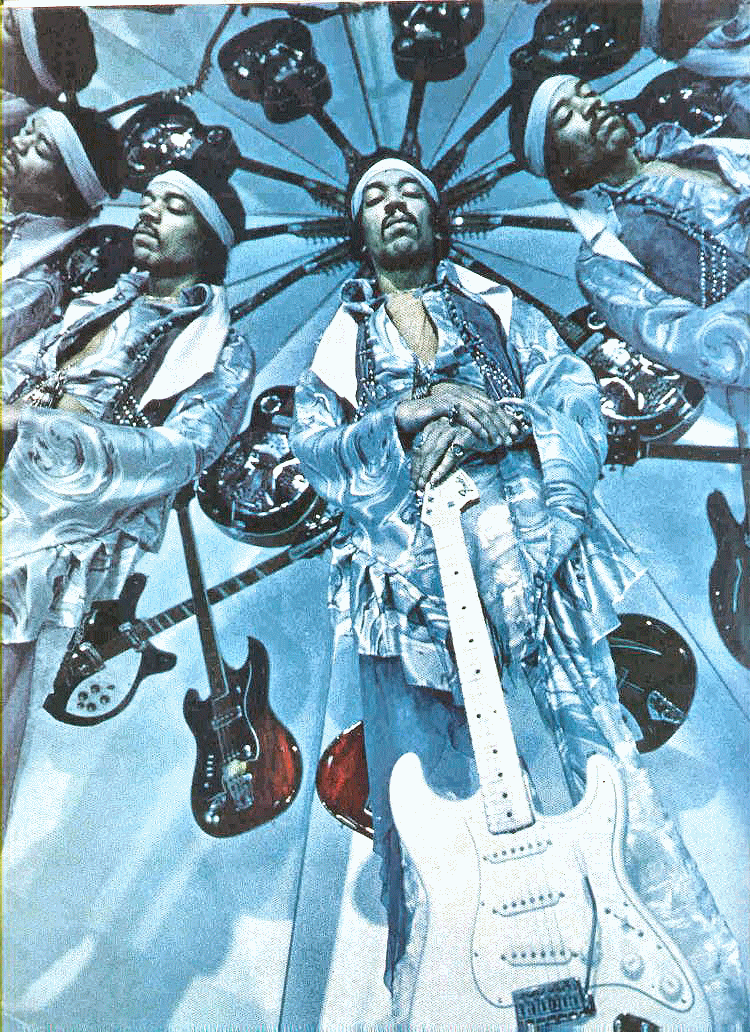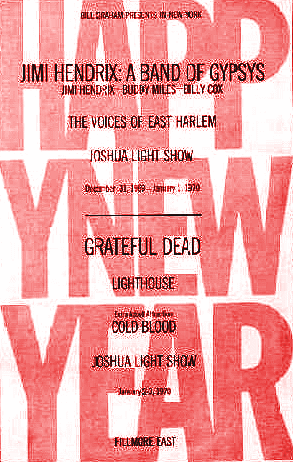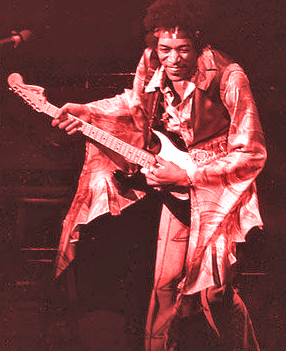As the Band of Gypsys joined forces, Life magazine's October 3rd issue appeared with a special hidden cover, a foldout portrait of Hendrix in a room full of mirrors. While Life editors dubbed Hendrix a "rock demigod," their colorful portrayal of him was the most elaborate of any mainstream publication to date.
At the time that this issue was on the stands, Chicago underwent the Days of Rage, militant protests surrounding the Chicago 8 trial (eight organizers of Chicago's 1968 demonstrations/police riots who faced conspiracy charges in that city). On the heels of the Days of Rage came the first National Moratorium protests on October 15th. More than 10 million Americans across the country demonstrated their opposition to the war in Vietnam. This unprecedented but peaceful public outcry inspired President Nixon's divisive "silent majority" speech, a call for Americans to rally in support of the war. A current Gallup poll, however, revealed that 55 percent of Americans opposed the war.
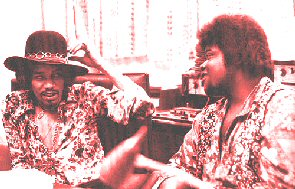
When Apollo 12 lifted off on November 14th and headed for the second manned lunar landing, hundreds of thousands of Americans were heading for a massive march on Washington. Despite cold temperatures and the presence of 9,000 federal troops on "ready alert" status around Washington, the atmosphere on the Monument Mall became jubilant as half a million citizens listened to speeches and sang along with protest singers. Another 200,000 people marched in San Francisco. It seemed as though Middle America had stepped into Woodstock Nation for the day.
The November 15, 1969 Moratorium was the largest anti-war demonstration in U.S. history until that time. It was during this historic weekend that the public first learned about the massacre of 400 Vietnamese citizens at My Lai. Demographically, the soldiers who butchered these villagers represented an average cross-section of American society. At the time of the massacre in March 1968, U.S. newspapers had reported the attacks as a "victory."
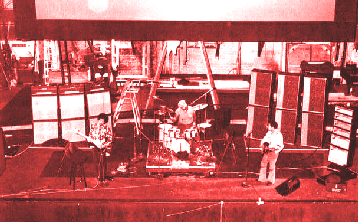
Band Of Gypsys Rehearsal
Twelve days after the November marches, Jimi Hendrix celebrated his last birthday with the Rolling Stones in New York on Thanksgiving Day 1969. While Hendrix's manager, Michael Jeffery, followed the Stones to their fateful concert at Altamont on December 6th, Hendrix prepared for his fateful appearance in a Toronto courtroom to face drug possession charges on Monday, December 8th. Two days later a jury found him innocent and the Band of Gypsys plunged into marathon rehearsals for their upcoming Fillmore East debut. The week ended on December 13th with the third in a monthly series of marathon anti-war protests occurring around the U.S. and around the world.
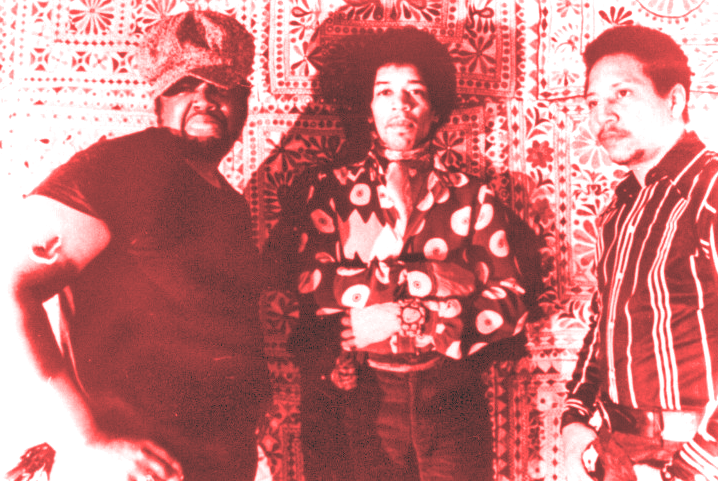
Buddy, Jimi & Billy
Reportedly, it was Michael Jeffery's idea to provide Ed Chalpin with a live recording for the album that was still owed. Live albums were much quicker and cheaper to produce than studio recordings. Thus the project to "bail Jimi out" consisted of four recorded shows at the Fillmore -- two on New Year's Eve and two on New Year's Day.
At the time of the concerts, the current issue of
Hit Parader contained an interview with Hendrix in which he told Ritchie Yorke, "I consider myself first and foremost a musician. My initial success was a step in the right direction, but it was only a step, just a change. It was only a part of the whole thing; now I plan to get into many other things...I see myself getting through all the drastic changes, getting into better things. I like to consider myself timeless. After all, it's not how long you've been around or how old you are that matters, it's how many miles you've traveled."
Before Bill Graham opened the Fillmore East in March 1968, rock music in New York had been confined to claustrophobic clubs with erratic acoustics. Even though the Fillmore was located in a section of the East Village that was often so congested with panhandlers that it was at times an ordeal just to get to the entrance, the theater remained New York's finest venue in which to both see and hear rock music until it closed in 1971.






